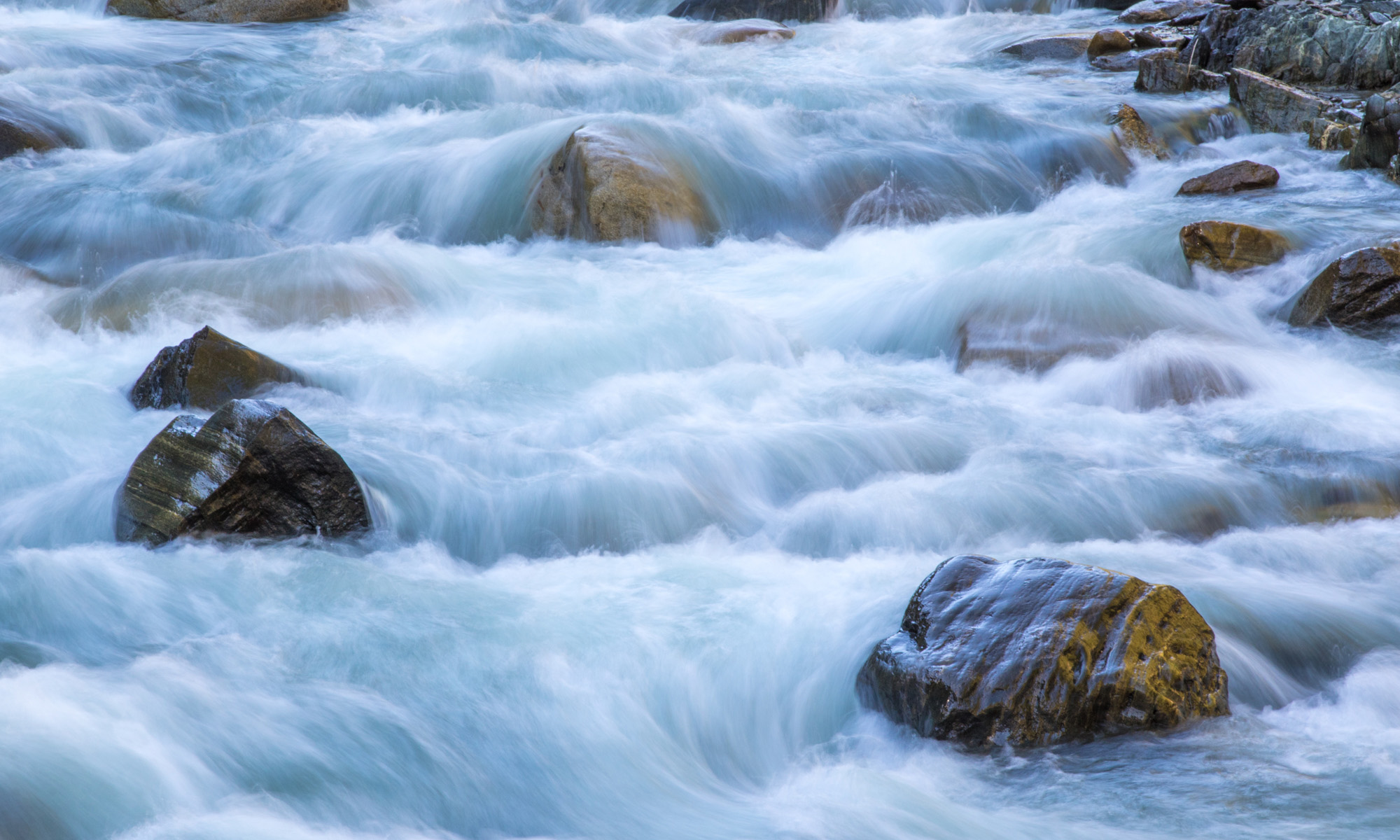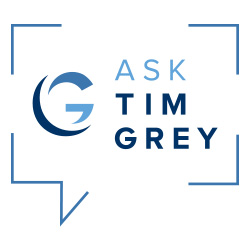Today’s Question: Rightly or wrongly, I don’t like to install major Lightroom Classic updates until I’ve learned about the new features. Unfortunately, I am now way behind in my updates and am still using an older version (10). I’d like to do the major updates one at a time. But when I click on Help/Updates in Lightroom, the only option I see is to update to Version 12.4. Is it not possible to do updates on a more piecemeal approach?
Tim’s Quick Answer: You can choose among the various versions of Lightroom Classic (or other Adobe applications) using the “More” menu in the Creative Cloud app rather than checking for updates within the application you want to update.
More Detail: If you choose Help > Updates from the menu in Lightroom Classic, you’ll only be offered the most recent version if an update is available. If you want to install a different version, you’ll need to use the Creative Cloud application.
Within the Creative Cloud application, select the Apps option from the menu at the top-left of the window. Then select “All apps” from the left column. Locate the application you want to update from the list at the right. Then click the “More” button (it shows three dots) and select “Other versions” from the popup menu. In the dialog that appears you can click the Install button to the right of the version of the application you want to install.
I should point out that I generally recommend installing the latest version of an application, perhaps waiting a little while after the new release to make sure there aren’t reports of instability or other problems. That said, if you prefer to install one major update at a time so you can learn about the new features in each version before moving on, you can certainly do that by choosing the specific version you want to upgrade to.



